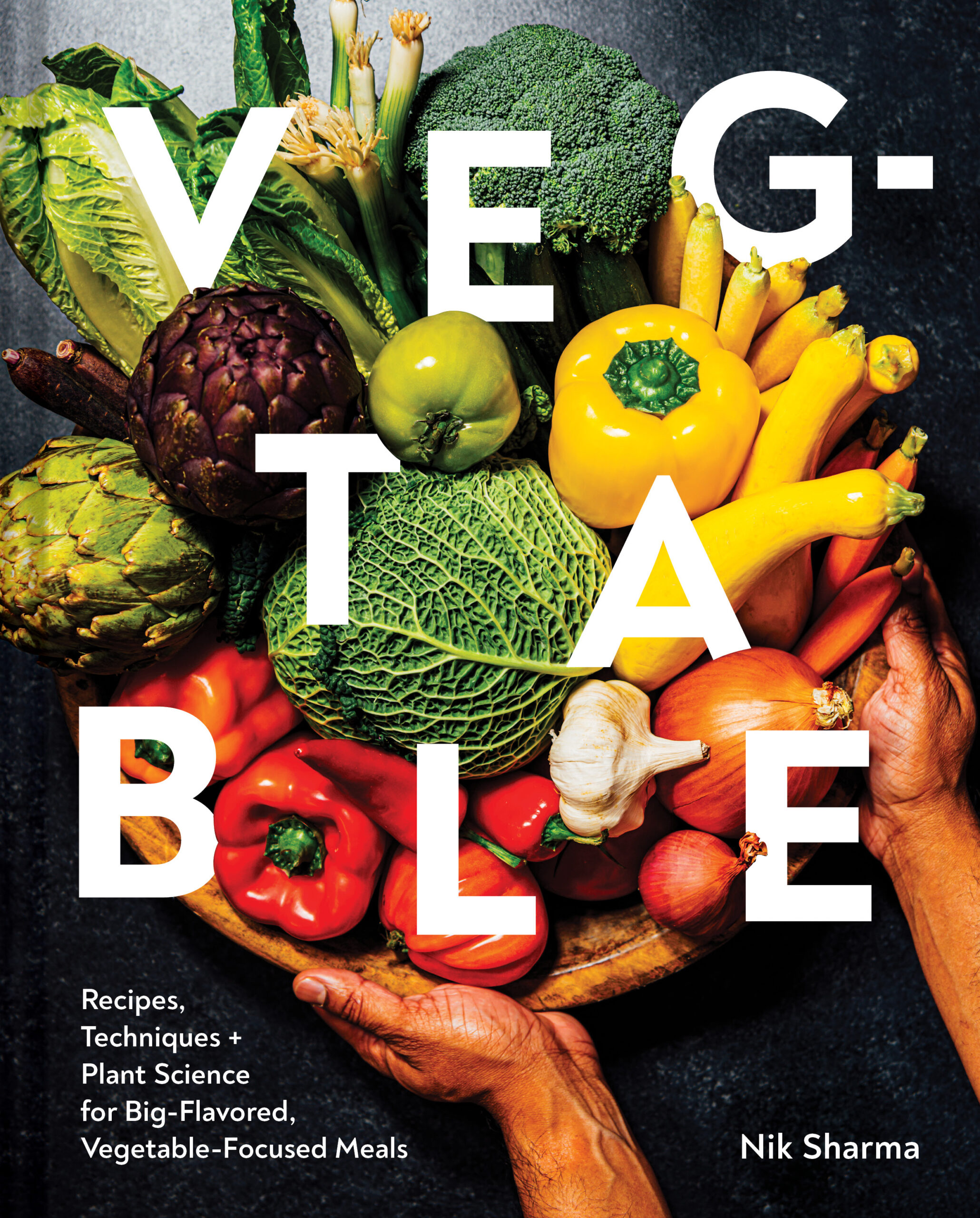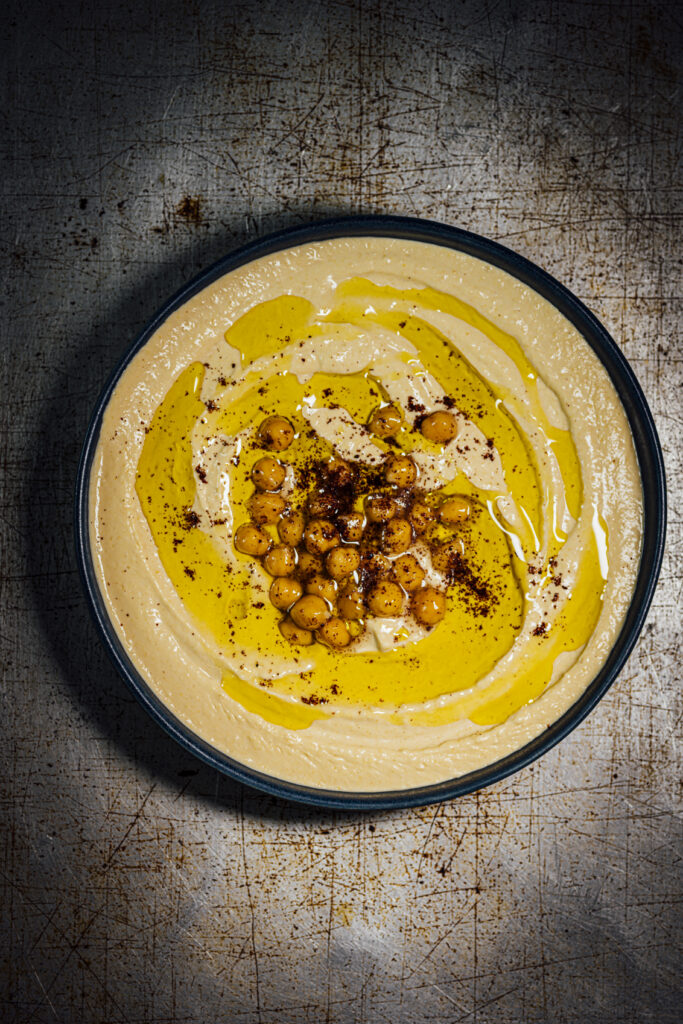Before we jump into the second part of Bean Science, here’s a quick recap from Part I. I apologize in advance for the heavy use of emojis 🫘💨.
Beans turn hard on drying, and this contributes to longer cooking times. Pectin is a complex carbohydrate found in plant cells and is one of the significant contributors to hardness in dried beans. Salt, baking soda, citric acid (lemon juice or lime juice), and sodium citrate are effective agents that can change the chemistry of pectin and help beans cook faster and turn creamy and tender. Us humans can’t digest dietary fiber from plants. However, our naturally present gut bacteria can eat these fibers up and, in turn, produce flatus (aka stinky farts). (We’re going to talk a lot about this today.)
While beans remain popular (and tasty), they are notoriously associated with lectin side effects and flatulence (I promised you we’d dive straight into farts in this part II). Let’s begin with lectins. To continue reading this newsletter, please visit my newsletter, The Flavor Files. Here’s the table you included for black beans: Raw Beans Cooked Beans Cooked Beans Black Beans % Total Weight Increase % Total Weight Increase Texture (Degree of Creaminess) Water 145.20 150.72 + Salt 137.51 158.05 ++ Baking Soda 142.61 161.72 +++ Salt + Baking Soda 107.72 108.60 ++++ I’m surprised by the last line, that weight gain for the combination of salt + baking soda is less than for any of the other “soaks” — I just wanted to ask if that was by any chance an error, and if not, you have any explanation as to why. (I won’t show the kidney beans table, but in that one, the combination soak has slightly more or almost not much less than any of the other soaks (after cooking). Thanks! Comment * Name * Email * Website Save my name, email, and website in this browser for the next time I comment.
Δ


